NASA Astronomy Picture of the Day 8 May 2023: Mesmerizing Spanish Dancer Galaxy
Today’s NASA Astronomy Picture of the Day is a snapshot of NGC 1566, also known as the Spanish Dancer Spiral Galaxy, located towards the constellation of Dorado.
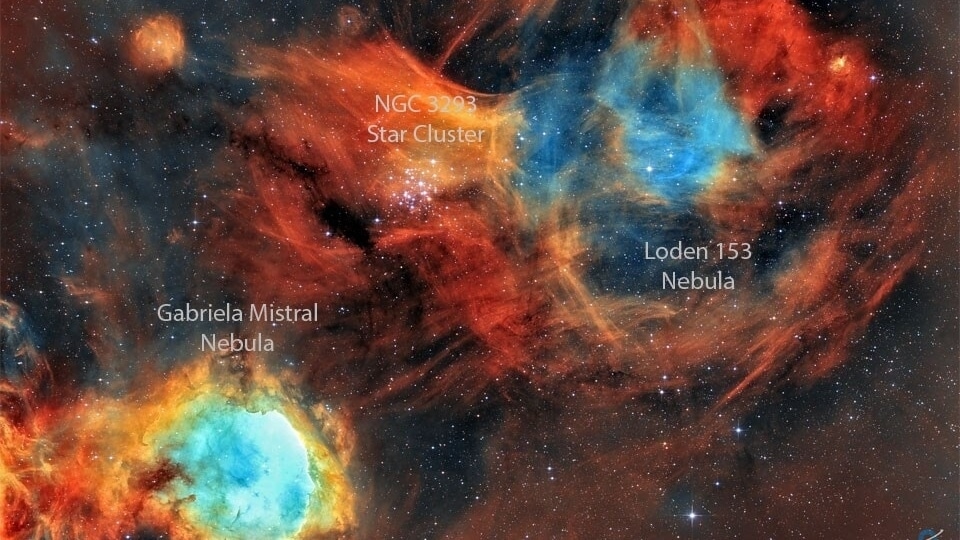

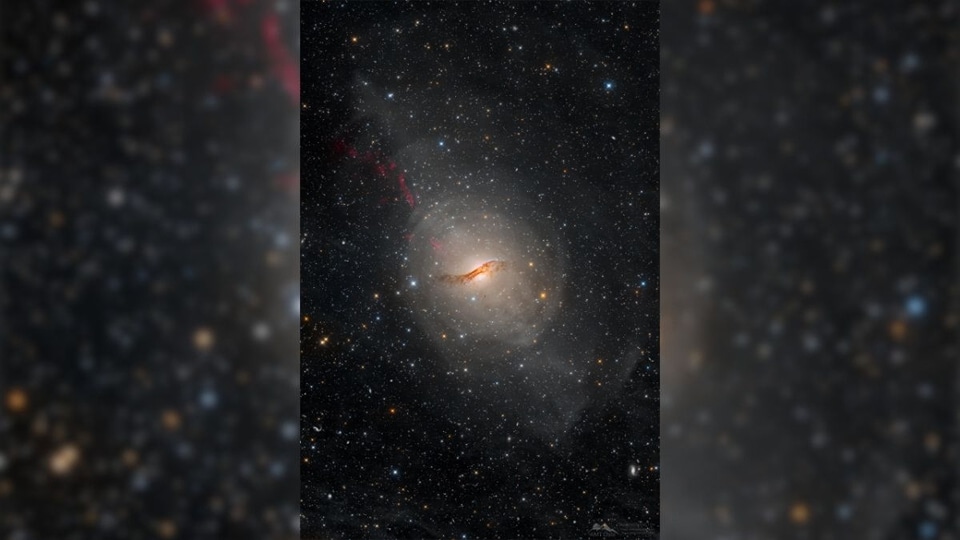
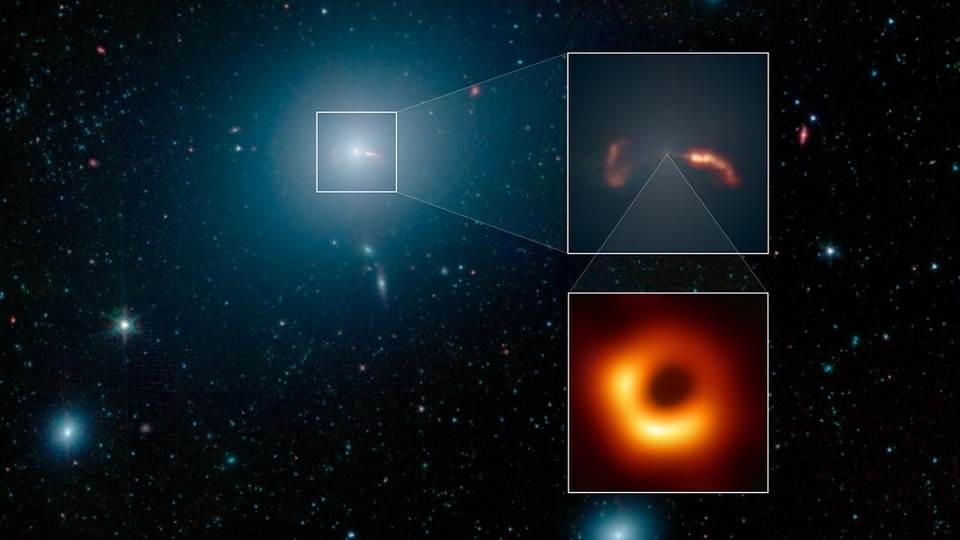
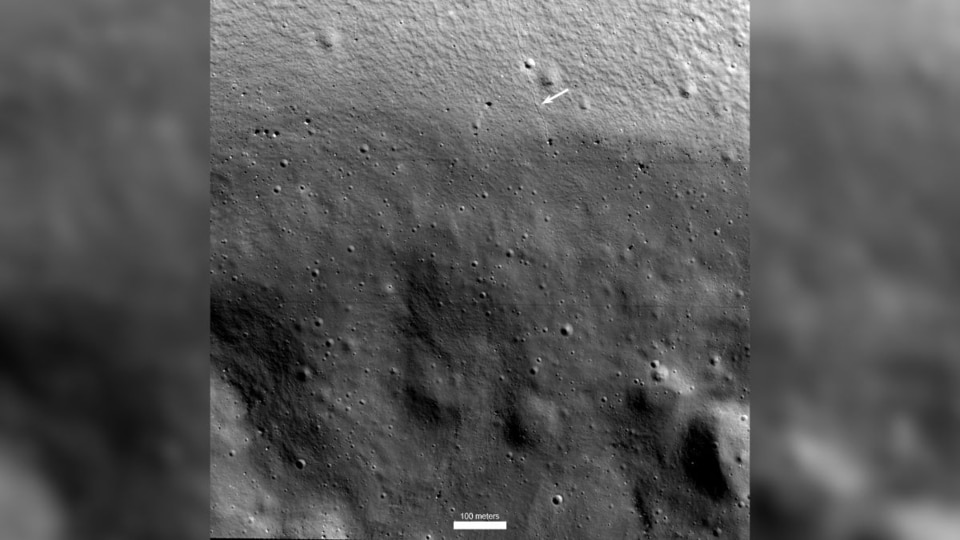
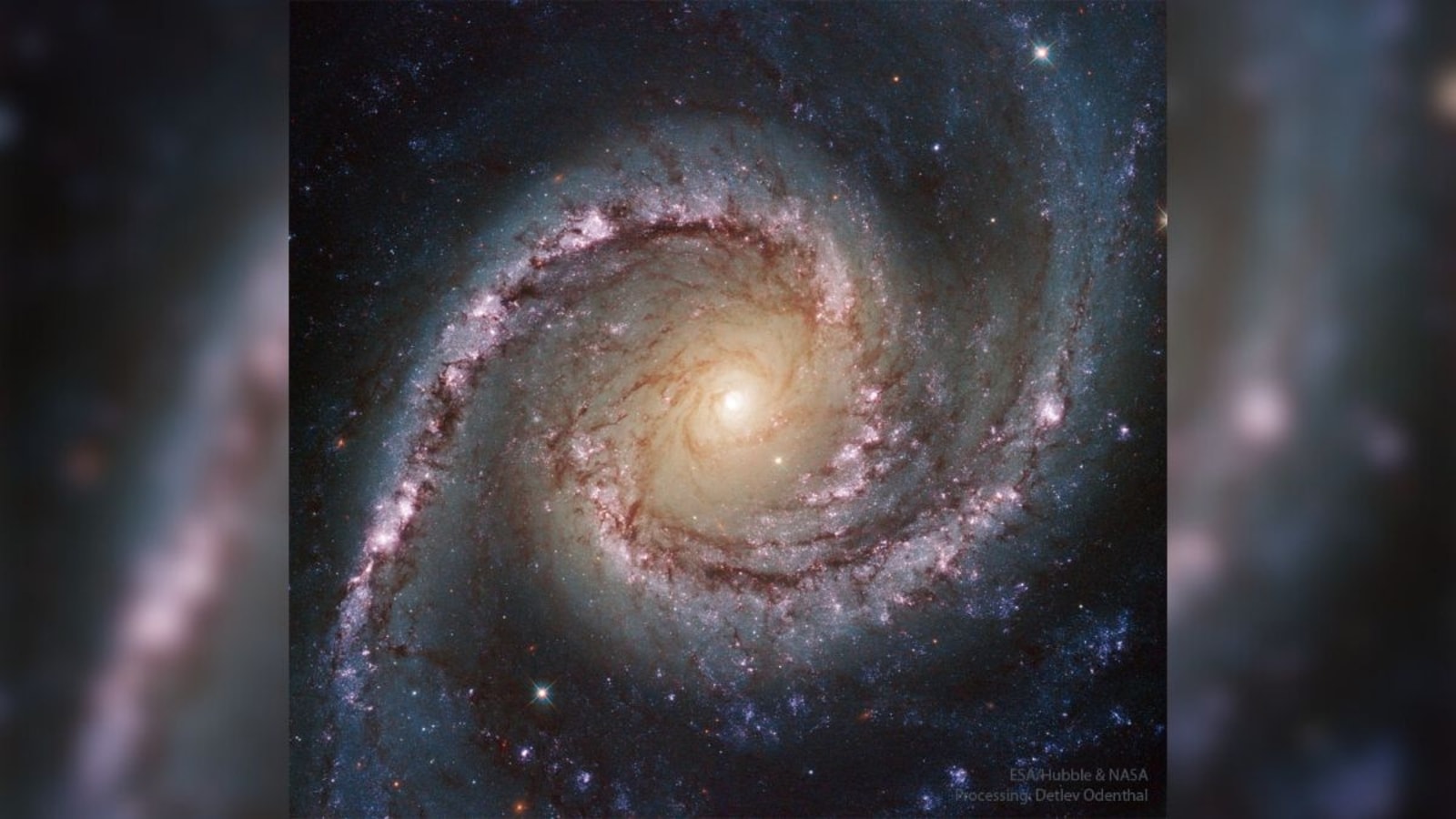
 View all Images
View all ImagesNASA, with the help of its various advanced telescopes such as Spitzer Space Telescope, the Hubble Space Telescope, and the newly launched James Webb Space Telescope, has published fascinating images of galaxies thousands and even millions of light-years away. Some of these include Centaurus A Galaxy, Hamburger Galaxy, Rubin's Galaxy, Arp 78 and more. These galaxies exhibit an array of sizes, ranging from diminutive dwarf galaxies with a meager population of a few billion stars to colossal elliptical galaxies with trillions of stars. Moreover, some of these galaxies have unusual shapes like a hamburger, toothpicks, rings and more.
Today's NASA Astronomy Picture of the Day is a snapshot of NGC 1566, also known as the Spanish Dancer Spiral Galaxy, located about 40 million light-years away towards the constellation of Dorado. Within the galaxy are blue star clusters and dark cosmic dust lanes which follow two prominent spiral arms. According to NASA, several images of this galaxy have been captured to study star formation, supernovas, and the spiral's unusually active center.
Tech used to capture the image
The image was captured by the Hubble Space Telescope which is run by NASA and ESA in collaboration, and was processed by Detlev Odenthal.
This stunning discovery by the Hubble Telescope further proves the capabilities of the Hubble Space Telescope. Despite being nearly 3 decades old, it still amazes us with stunning images of far-off celestial objects.
To capture such objects, Hubble has advanced optical instruments such as the Advanced Camera for Surveys and Wide Field Camera 3. The Advanced Camera for Surveys (ACS) was primarily designed to survey large areas of the sky at visible and red wavelengths with 10 times greater efficiency than the earlier premier Hubble camera. It has certainly proved fruitful as most of Hubble's images have been captured by the ACS.
NASA's description of the picture
If not perfect, then this spiral galaxy is at least one of the most photogenic. An island universe containing billions of stars and situated about 40 million light-years away toward the constellation of the Dolphinfish (Dorado), NGC 1566 presents a gorgeous face-on view. Classified as a grand design spiral, NGC 1566 shows two prominent and graceful spiral arms that are traced by bright blue star clusters and dark cosmic dust lanes.
Numerous Hubble Space Telescope images of NGC 1566 have been taken to study star formation, supernovas, and the spiral's unusually active center. Some of these images, stored online in the Hubble Legacy Archive, were freely downloaded, combined, and digitally processed by an industrious amateur to create the featured image. NGC 1566's flaring center makes the spiral one of the closest and brightest Seyfert galaxies, likely housing a central supermassive black hole wreaking havoc on surrounding stars and gas.
Catch all the Latest Tech News, Mobile News, Laptop News, Gaming news, Wearables News , How To News, also keep up with us on Whatsapp channel,Twitter, Facebook, Google News, and Instagram. For our latest videos, subscribe to our YouTube channel.





























